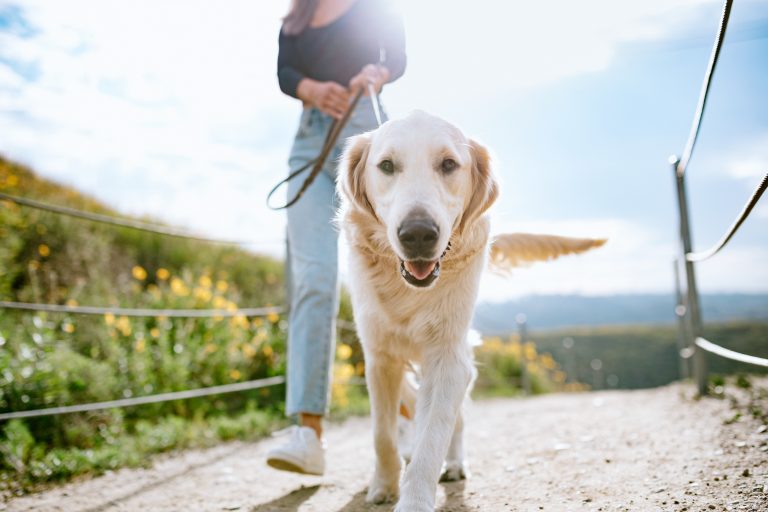In recognition of National Pet Preparedness Month, the university’s Office of Resiliency is providing important information and suggestions on how to prepare your pets for an emergency.
Your pets are a part of your family, so include them in your emergency plan. To prepare for an emergency, follow these tips for your pet:
- Make a plan.
- Build an emergency kit for your pet.
- Stay informed.
Make a plan
Having a plan in place for your pet can help you reduce stress and worry during an emergency situation. Things to include in your plan include:
- Have an evacuation plan for your pet. public shelters and hotels may not allow pets inside. Know a safe place where you can take your pet if a disaster or emergency occurs.
- Create a buddy system. Make a plan with neighbors, friends, family, etc. to ensure that someone can care for your pets in the event that you are not able to.
- Have your pet microchipped. Be sure to keep your address and phone number up to date.
- Contact your local emergency management office, animal shelter, or animal control office to receive additional advice and information on caring for your pet during an emergency.
Build an emergency kit for your pet
Think about your pet’s basic needs for survival. Consider the following:
- Food: Place several days worth of food in an airtight, waterproof container.
- Water: Store a water bowl and several days supply of water.
- Medicine: Keep an extra supply of medicine in a waterproof container.
- First aid kit: Ask your vet what is best for your pet’s emergency medical needs.
- Collar with ID tag and harness or leash: Store in a waterproof container.
- Travel bag, crate, or carrier: One for each pet.
- Grooming items: Shampoo, conditioner, etc.
- Sanitation needs: Litter box, newspaper, paper towels, plastic trash bags, etc.
- Picture of you and your pet: If you become separated from your pet during an emergency, a picture will help document ownership and assist others with identifying your pet.
- Familiar items: Your pet’s favorite toys, treats, bedding, etc. These items can help reduce stress.
Stay informed
You can be prepared by staying informed of conditions. You can stay informed by:
- Listening to wireless emergency alerts for local alerts and warnings.
- Listening to local officials when told to evacuate or shelter in place.
- Downloading the FEMA app to get weather alerts from the National Weather Service.
- Bringing your pets indoors at the first sign of a warning of a storm.

